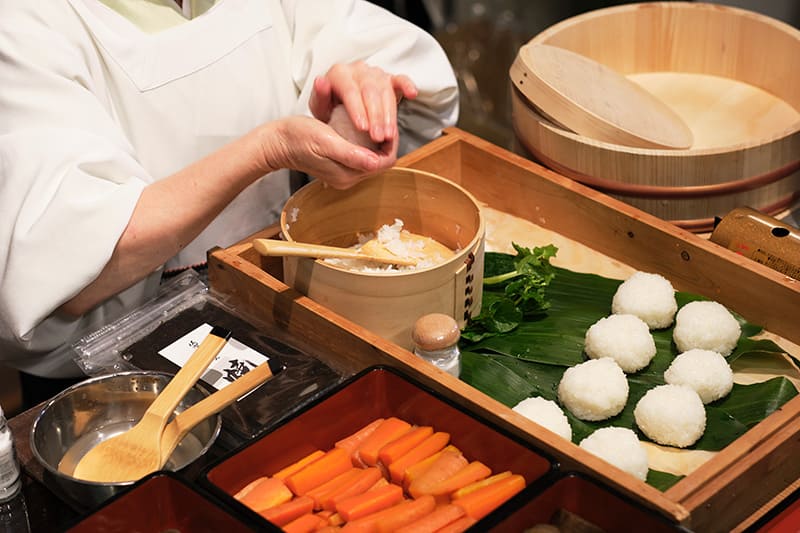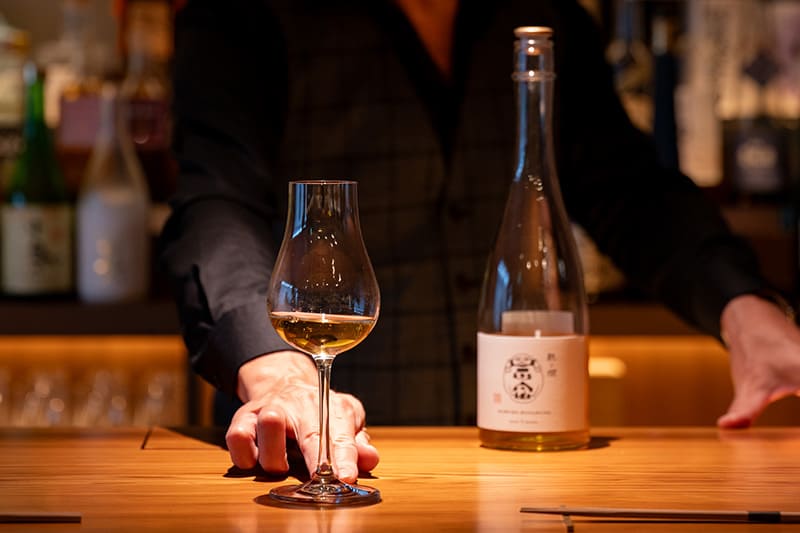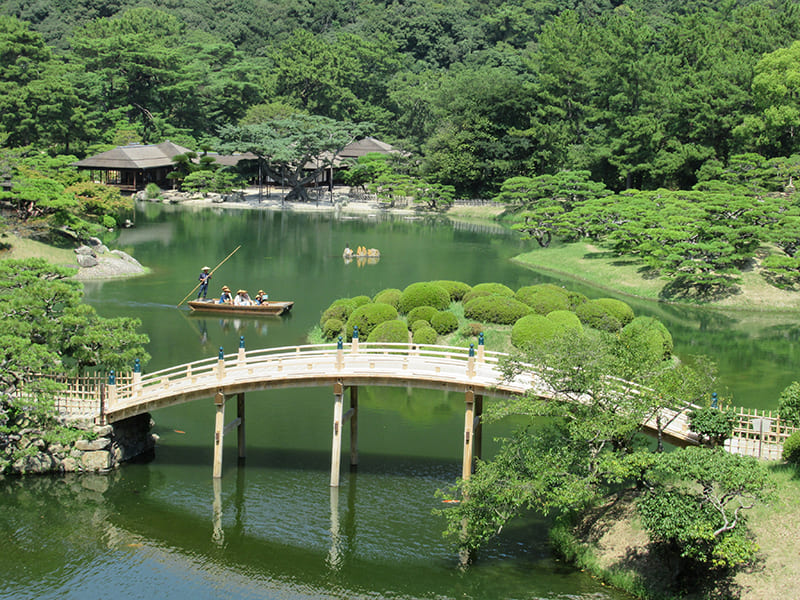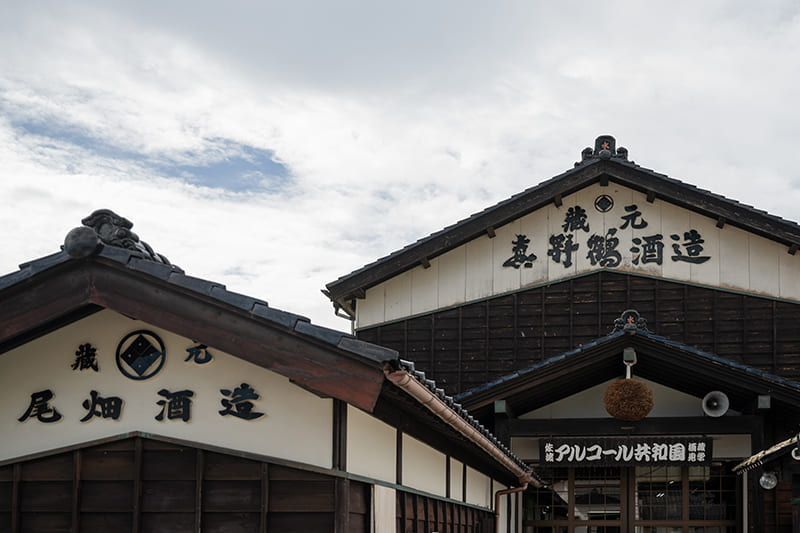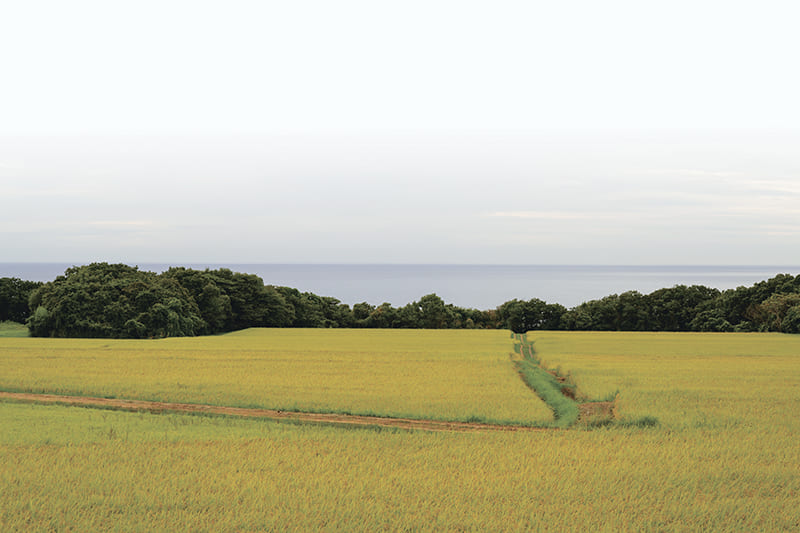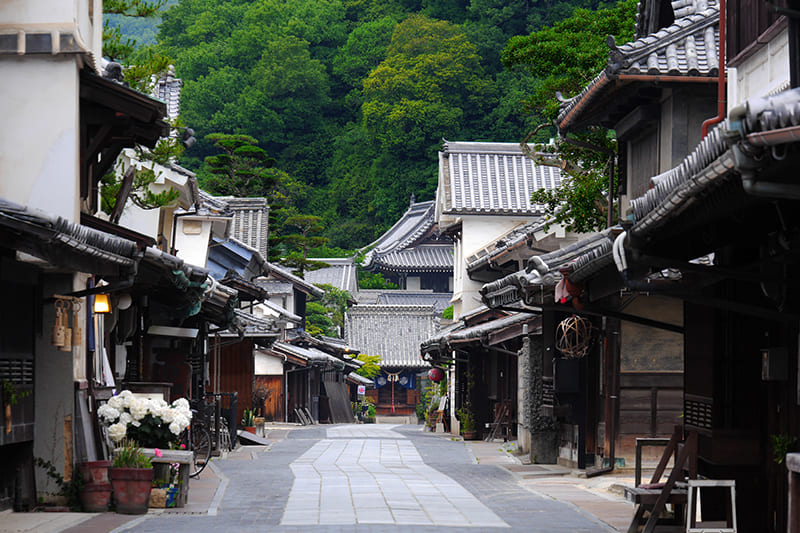October 25, 2024
Kokuryu innovates with fine rice wine and dining
INTERVIEW
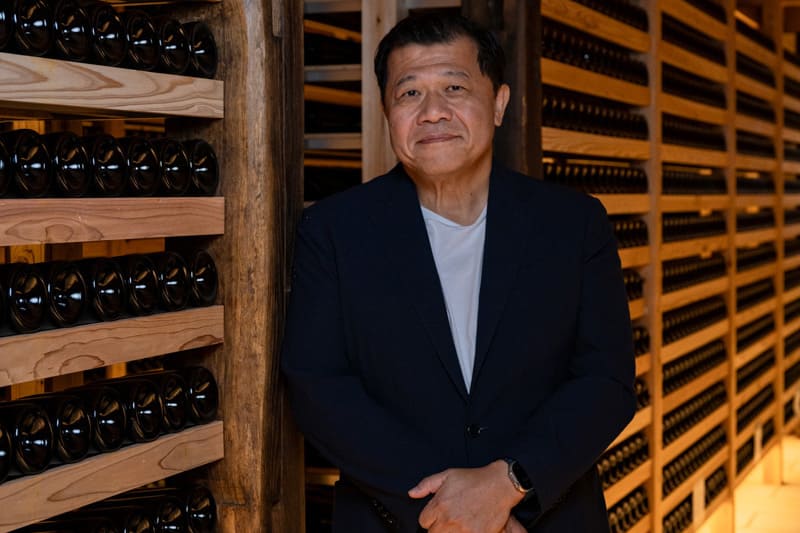
With its prices skyrocketing, Japanese whisky is attracting attention around the world. And now some pundits are asking if sake might follow in its footsteps — or in the footsteps of the well-known high-end wine brand Domaine de la Romanee-Conti. Some bottles of sake are already selling for hundreds of thousands of yen both in Japan and overseas.
One brewery that is often compared to Romanee-Conti is the Kokuryu Sake Brewing Corp., a family business based in Fukui Prefecture.
This year marks the 220th anniversary of the founding of the brewery. Its high-quality sake, prized by connoisseurs, is brewed using rice and the gentle waters of a river that was once known as the Kokuryu River, although its official name is now Kuzuryu, meaning “nine-headed dragon” because of a legend that one lived there in ancient times.
In 2016, the wine critic Robert Parker awarded 92 “Parker points” to a 720-milliliter bottle of Kokuryu sake that retailed for just ¥6,000 ($40). It was a junmai daiginjō sake, best drunk as fresh as possible. Truth be told, the shelf life of regular sake is generally just one year. For this reason, sake has traditionally been distributed at low prices — unlike wine, which gains flavor and rarity as it ages. A Kokuryu sake first launched about 30 years ago, which sells for ¥10,000 per 720-ml bottle, was for years one of the most expensive bottles of sake you could buy.
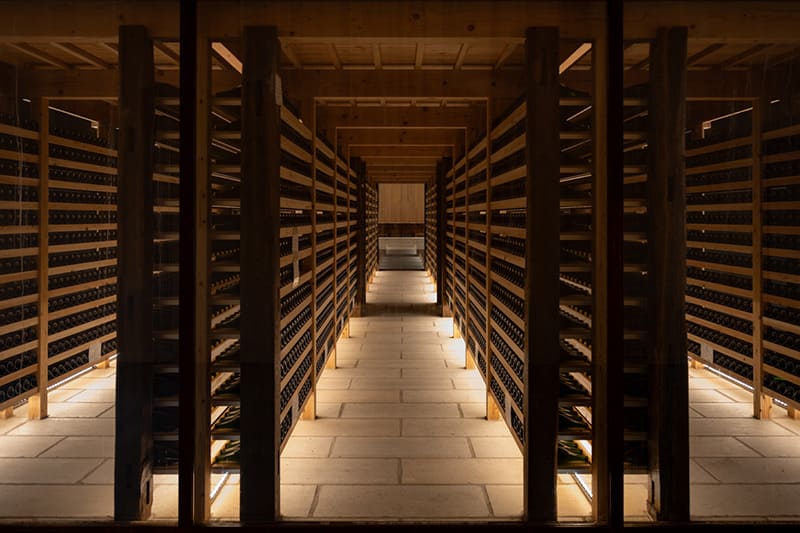
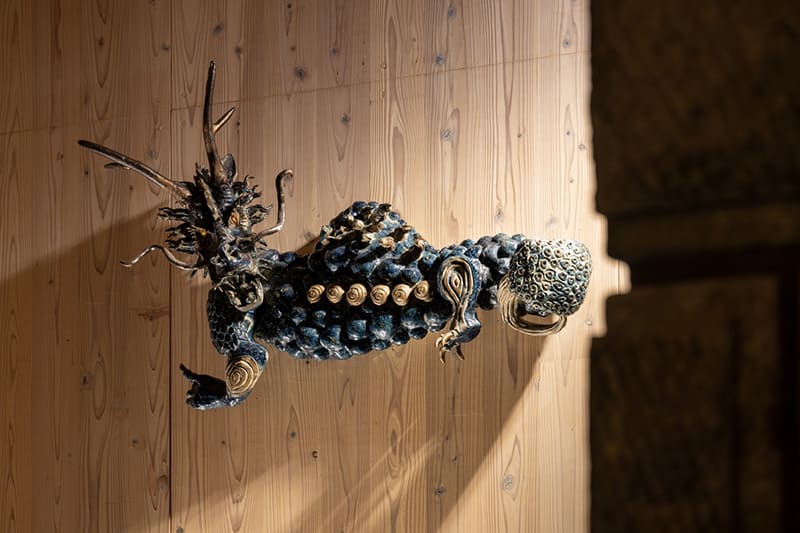
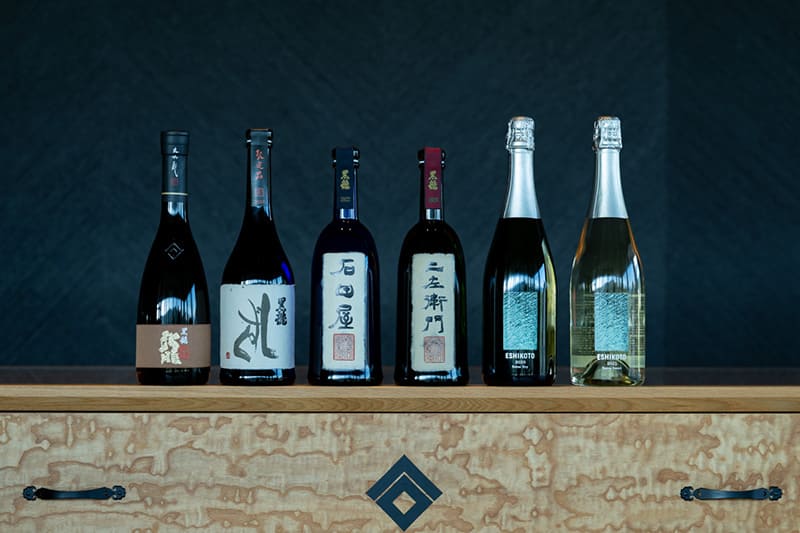
Kokuryu Sake Brewing Corp.
In 1804, Nizaemon Ishidaya, an ancestor of Kokuryu’s Mizuno family of brewers, split from the main branch of the Ishidaya family split from the main Ishidaya family and established a sake brewery in what is now the Matsuoka Kasuga area of the Fukui Prefecture town of Eiheiji. Known for its Kokuryu brand, which takes its name from the ancient name of the Kuzuryu River where the brewery is located, the company has been a driving force behind the local sake and daiginjō booms since the 1980s. Its sake, including its aged Muni, first launched in 2018, integrates the latest technologies with techniques dating back to the brewery’s founding and is lauded in the industry.
https://www.kokuryu.co.jp/
“To further enhance the value of sake, we decided to produce a wine-like product that would have a production year and could be aged for extended periods of time,” explained the company’s eighth-generation president, Naoto Mizuno. “After much research into rice selection and brewing methods, we succeeded in creating a mellow sake with no cloying taste and a long aftertaste by aging unrefined junmai daiginjō sake at just below zero degrees Celsius.” The sake was called Muni, and its price now ranges from about ¥150,000 to over ¥500,000.
But Kokuryu’s innovations didn’t end there. After joining the family business in 1990, Mizuno worked on a range of reforms with his father, Masato Mizuno, who was then the president. One was to change the way their employees worked.
“In 1995, we made the tōji, the brewers, employees of the company. Also, when I joined the company, it was common for the tōji to live communally in dormitories, but we helped them establish their own private lives. We also made it easier for women to participate in the brewing process by automating some things and continuing to perform others by hand,” he said.
Even more noteworthy were their reforms to distribution.
“No matter how good your sake is, if your distribution is not managed well, the quality will deteriorate. So from around 1989 to 1990, we decided to cut down on the number of stores that would stock our products. Our absolute requirement was that our sake had to be stored in a refrigerator. Furthermore, we decided that we would only wholesale to stores that had professionals on staff who both knew and loved sake,” he explained. Naturally, the number of sake retailers that could meet those conditions was limited, and so sales dropped by half. But after five years of perseverance, they recovered.
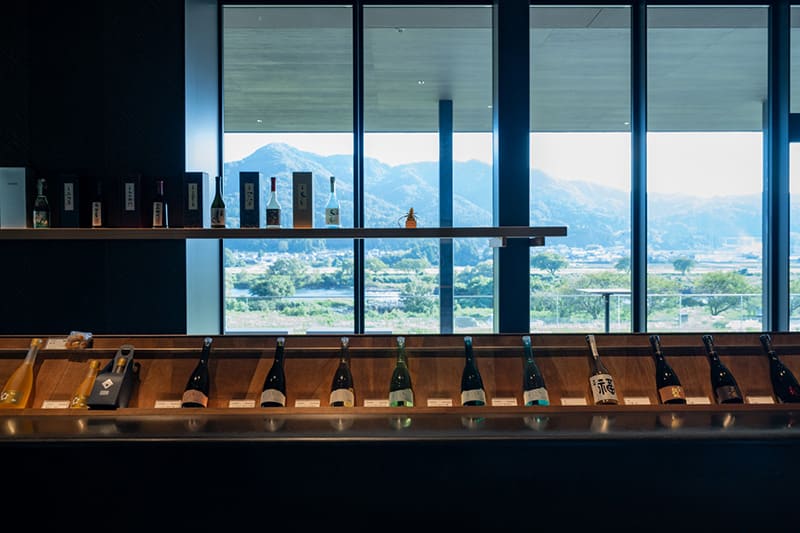
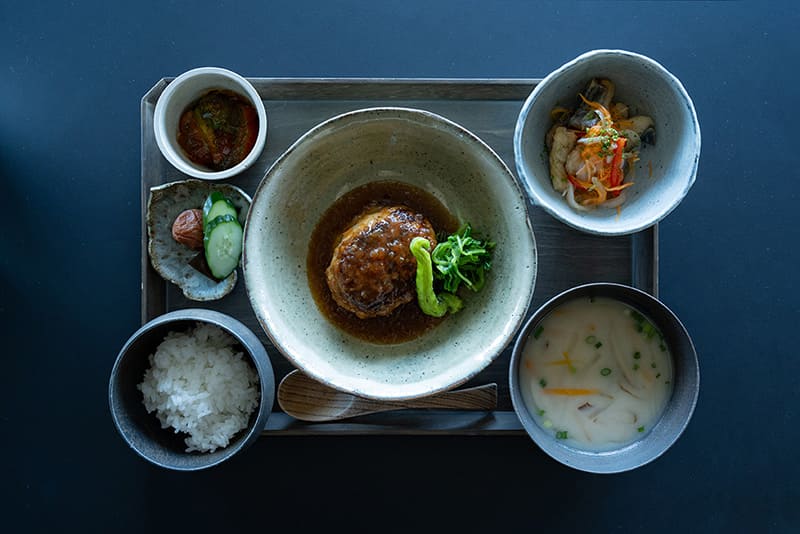
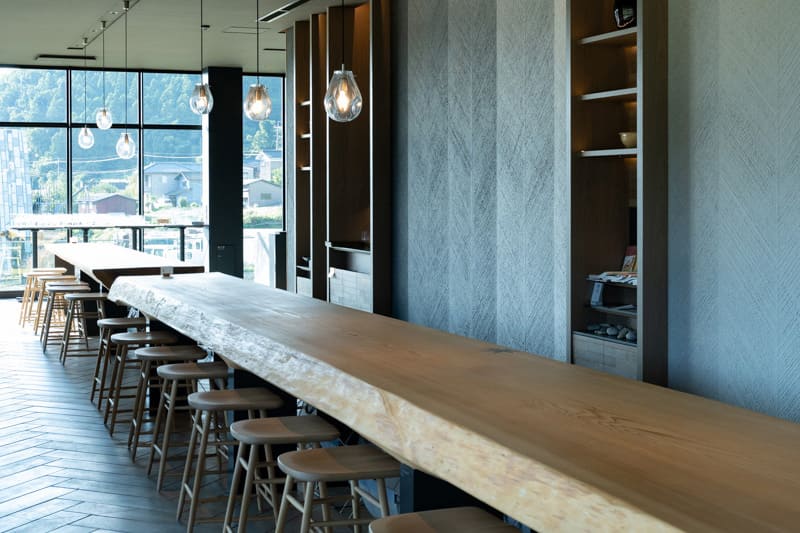
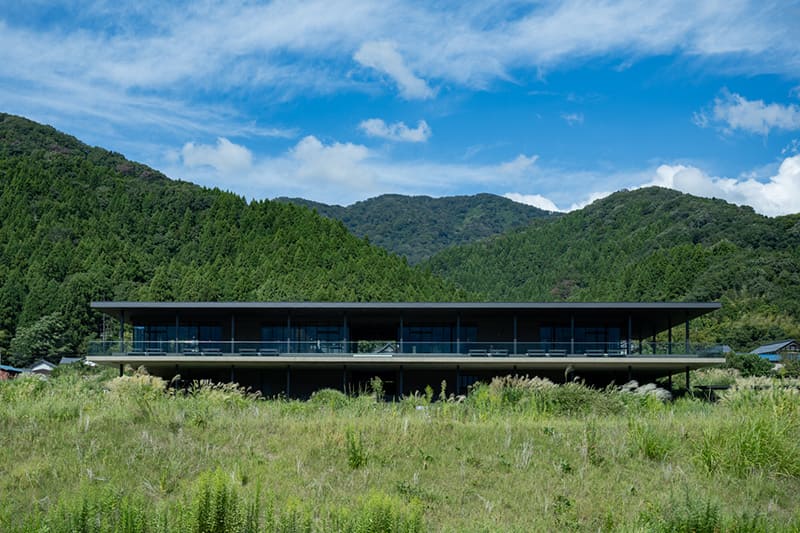
ESHIKOTO
Eshikoto opened in June 2022. Guests must be at least 20 years of age. The restaurant building includes the restaurant Acoya as well as Ishidaya Eshikoto, a sake store operated by Kokuryu. The Garyu Building, a storage cellar that also serves as an event space, was designed by Simon Conder, the great-grandson of the British architect Josiah Conder, who laid the foundations for Japanese architecture in the Meiji Era (1868-1912). The accommodation facility Kanshukuen Eshikoto is scheduled to open on Nov. 26. 12-17 Shimojyoji, Eiheiji-cho, Yoshida-gun, Fukui. Closed on Wednesdays and the first, third and fifth Tuesdays of each month. https://eshikoto.com/
“My father and I agreed that if we didn’t focus on the quality of sake so that customers could experience its true taste, then there would be no future for the product,” he said.
Domestic consumption of sake in Japan has been declining due to lifestyle changes in the postwar period and other factors. As a result, the number of sake breweries has declined. In 1955, there were 4,021 licensed breweries, but by 2022, that number had dropped to 1,536, according to National Tax Agency data. Yet even in this challenging environment, Kokuryu has increased its sales more than tenfold since 1990 and is now one of the nation’s leading breweries. With that strength, it is tackling a brand-new challenge: offering brewery-related luxury tourism services.
The town of Eiheiji in the district of Yoshida, where the brewery is located, had a population of 17,689 as of August. Its spiritual core is a Zen temple called Eiheiji. Built in 1244, it is the head temple of the Soto sect of Zen Buddhism and generally attracts about 500,000 visitors yearly. In the spring of 2024, the Hokuriku Shinkansen line extended through Fukui Station. Seeing an opportunity, and with the support of the prefecture and government agencies, Mizuno decided to launch a project that would boost tourism, particularly the number of overnight stays and the number of wealthy tourists.
In June 2022, he opened Eshikoto, a facility promoting the prefecture’s sake, cuisine and culture, on a site facing the Kuzuryu River. Now he is working on the Kanshukuen Eshikoto rental villas, scheduled to open on Nov. 26, equipped with open-air baths and terraces. Meals will be provided on-site at En, a Japanese restaurant overseen by a Michelin-starred chef, and two other restaurants, with prices starting at ¥125,000 per person per night for accommodations and two meals. The ingredients, tableware, furniture and other handicrafts will be sourced mainly from Fukui Prefecture, but also from Ishikawa and Toyama prefectures in the surrounding Hokuriku region.
“As far as foreign tourists are concerned, it doesn’t matter if they are in Fukui or Toyama Prefecture,” Mizuno said. “They just want to experience attractive places. Tourists will always go to Tokyo and Kansai, but my hope is that Eshikoto will help bring them to Hokuriku as well. We have so much good sake and so many good restaurants here.”
According to a 2017 survey by NTTCom Online Marketing Solutions and Jissen Women’s University, 83.4% of inbound visitors to Japan tried sake during their visit. More than 60% visited a sake brewery. With new facilities like Kanshukuen Eshikoto now available, a boom in sake brewery tourism may well be taking shape.
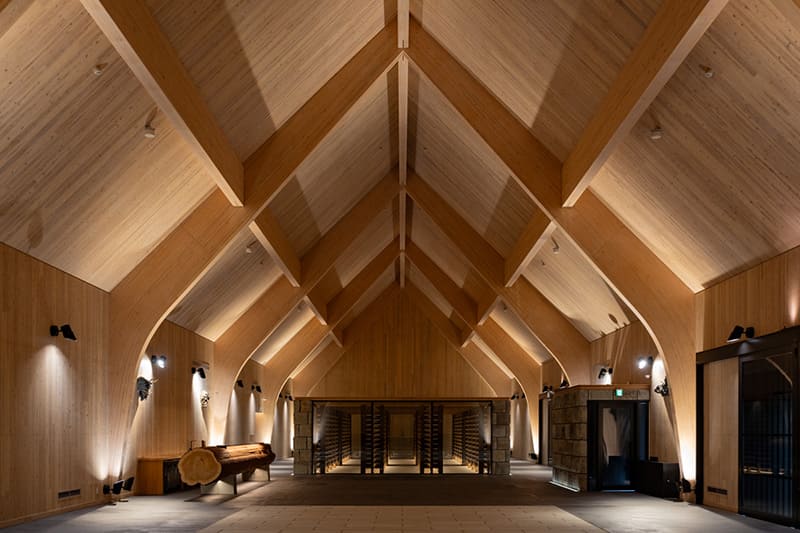
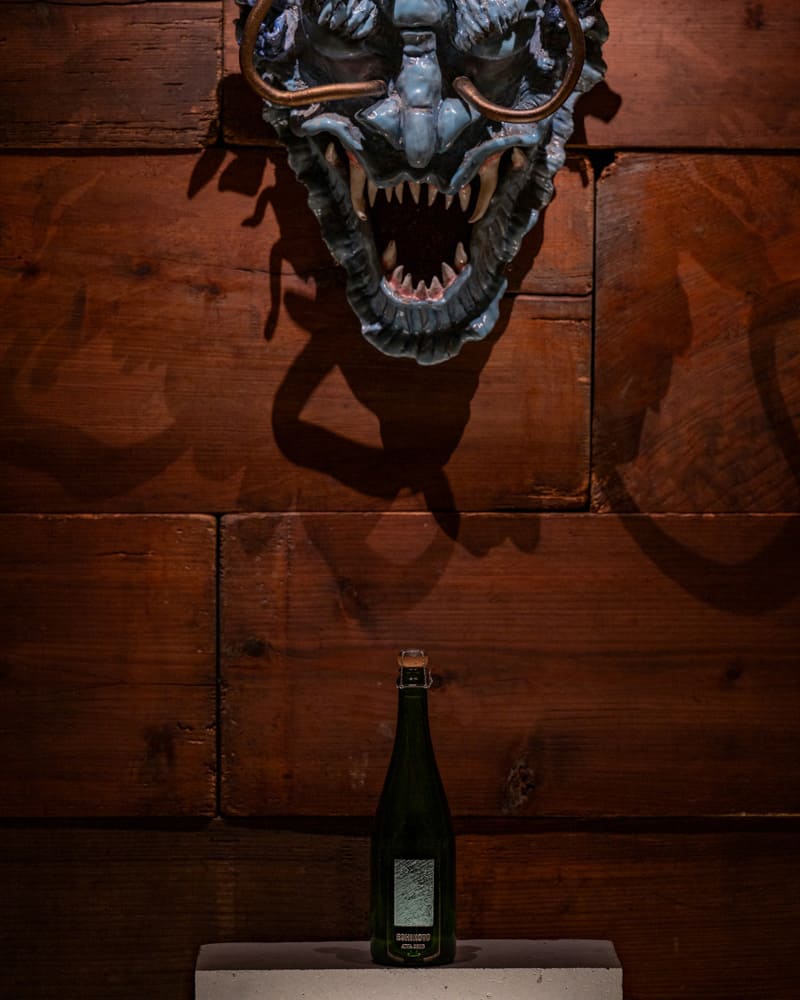
NAOTO MIZUNO
Mizuno was born in 1964 in Eiheiji, the eldest son of seventh-generation Kokuryu brewer Masato Mizuno. He graduated from Tokyo University of Agriculture with a degree in brewing. After working at Kyowa Hakko, he gained experience in the wine distribution and tourism industries in France and other parts of Europe before joining the family business in 1990. In June 2022, he opened Eshikoto, a food and culture promotion facility operated by Ishidaya Nizaemon Co. His other efforts to leverage sake in revitalizing the local economy include producing the Kanshukuen Eshikoto accommodation facility, which is scheduled to open on Nov. 26.
“高付加価値化”こそ、日本酒の生きる道。
今後、ロマネ・コンティに肩を並べるような日本酒が、誕生するかもしれない。今回、取材した水野直人が代表取締役・八代目蔵元を務め、創業220年を迎える福井県〈黒龍酒造〉は、そんなニュー・ドメーヌ・ロマネ・コンティと目される酒蔵の一軒だ。
これまで、一般的な日本酒の賞味期限は1年しかないため、熟成により付加価値がつくワインと違って、安い値段でしか流通してこなかった。「そこで、生産年をつけて、長期熟成に耐える日本酒を造りました」と水野が語る日本酒「無二」は現在、最高価格50万円超で販売されている。
戦後、日本酒の国内消費が減るなか、〈黒龍酒造〉は1990年から売上を10倍以上に伸ばし、日本酒業界を牽引してきた。2022年6月、福井県の酒食と文化の発信施設〈ESHIKOTO〉をオープン。今年11月26日にはオーベルジュ〈歓宿縁 ESHIKOTO〉も開業予定だ。今後、〈ESHIKOTO〉を皮切りに本格的な酒蔵ツーリズムのブームが起こるに違いない。
Return to Sustainable Japan Magazine Vol. 41 article list page

